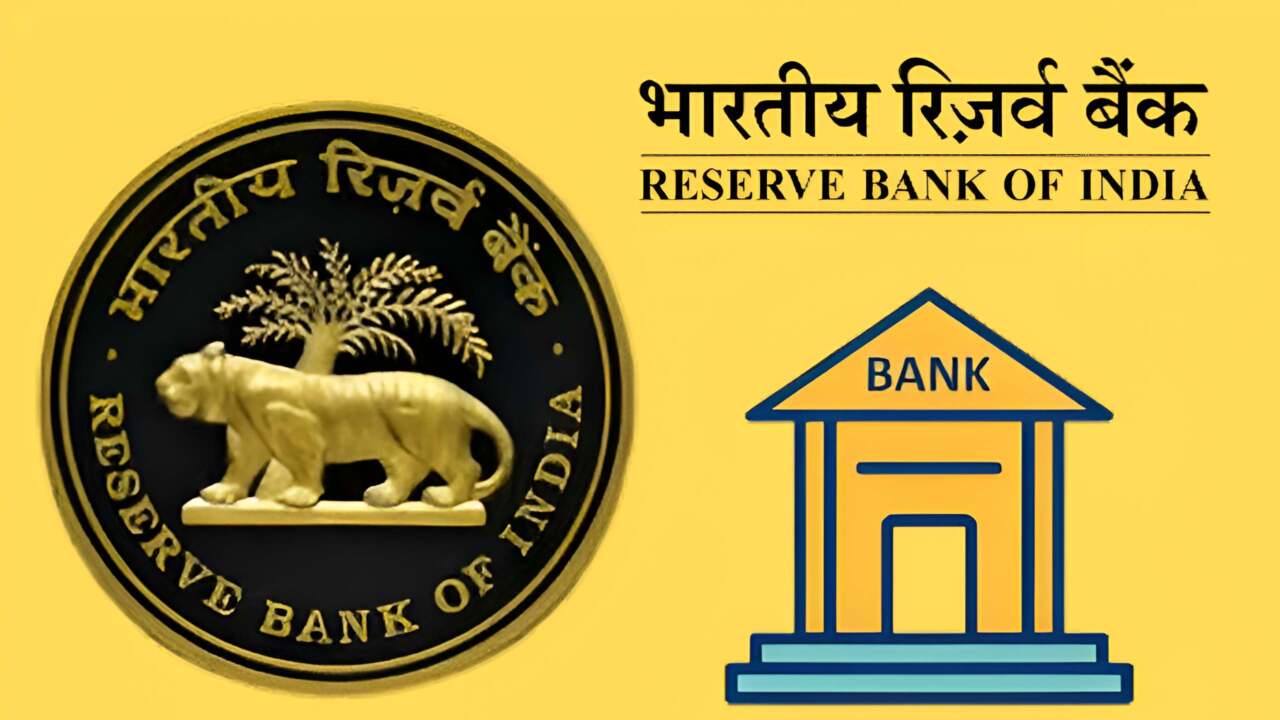Without altering the insurance cover limit, the proposed action seeks to bring India’s system into line with global norms, where deposit insurers use risk-based rates to promote responsible money management.
On October 1, the Reserve Bank of India (RBI) suggested replacing the current flat-rate system that treats all banks equally with a risk-based deposit insurance premium structure.
While announcing the results of the monetary policy committee (MPC) meeting, RBI governor Sanjay Malhotra said that stronger banks with better balance sheets will be able to pay less, with the existing flat premium acting as the upper limit.
As of right now, regardless of their risk profile, all banks pay the Deposit Insurance and Credit Guarantee Corporation (DICGC) a standard fee, which is 12 paise per Rs 100 of deposits.
According to the governor, the proposed modification seeks to bring India’s system closer to global standards, where deposit insurers use risk-based rates to promote responsible money management.
According to Malhotra, the goal of the new framework is to “incentivize prudent risk management” while relieving pressure on banks with higher ratings. More market discipline should result from tying premiums to variables like capital sufficiency, asset quality, and governance.
The fixed rate will serve as a cap, guaranteeing that no bank will pay more than what it is already paying.
DICGC now insures bank savings up to Rs 5 lakh per depositor, per bank. In an effort to boost depositor trust after bank failures like Punjab and Maharashtra Cooperative (PMC) Bank, this cover—which covers both principle and interest—was increased from Rs 1 lakh in 2020.
The RBI said that the most recent proposal solely addresses how banks are charged fees to maintain the system, not the insurance cover limit.
The action coincides with the central bank’s execution of a number of changes aimed at enhancing the resilience of the banking industry, such as the adoption of projected credit loss provisioning, the revision of Basel III capital levels starting in 2027, and stricter governance requirements under the updated banking legislation.
For the second consecutive meeting, the RBI maintained its neutral stance and kept the repo rate at 5.5 percent.

